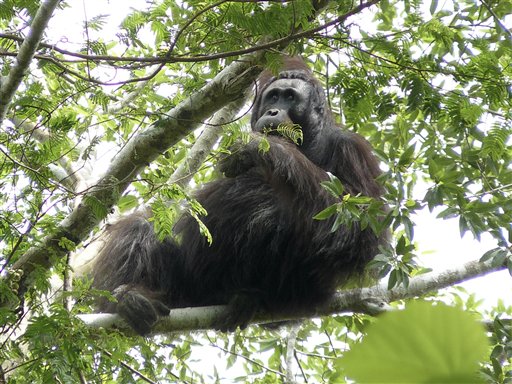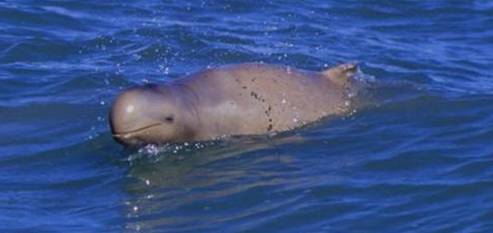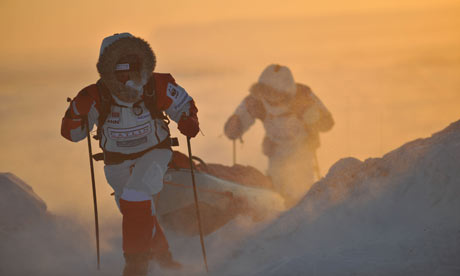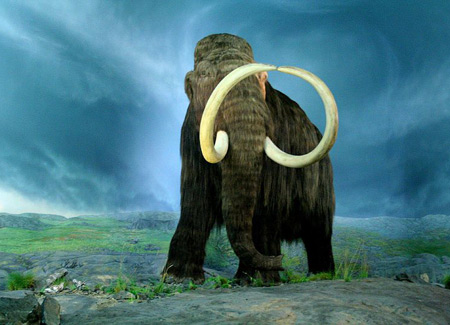
© Associated Press Photo/The Nature Conservancy, HOn this undated photo released by The Nature Conservancy, an orangutan of a newly found population is seen in Sangkulirang forest on Borneo island, Indonesia. Conservationists have discovered a new population of orangutans in a remote, mountainous corner of Indonesia, perhaps as many as 2,000, giving a rare boost to one of the world's most critically endangered great apes.
Jakarta - Conservationists have discovered a new population of orangutans in a remote, mountainous corner of Indonesia - perhaps as many as 2,000 - giving a rare boost to one of the world's most endangered great apes.
A team surveying forests nestled between jagged, limestone cliffs on the eastern edge of Borneo island counted 219 orangutan nests, indicating a "substantial" number of the animals, said Erik Meijaard, a senior ecologist at the U.S.-based The Nature Conservancy.
"We can't say for sure how many," he said, but even the most cautious estimate would indicate "several hundred at least, maybe 1,000 or 2,000 even."
The team also encountered an adult male, which angrily threw branches as they tried to take photos, and a mother and child.







